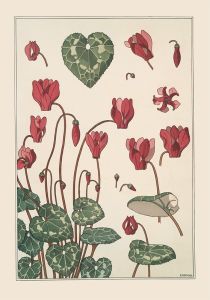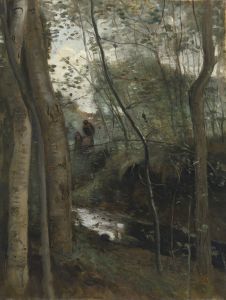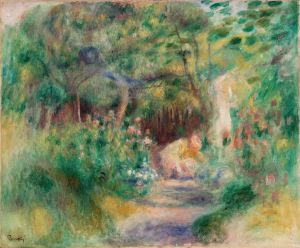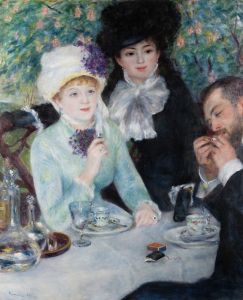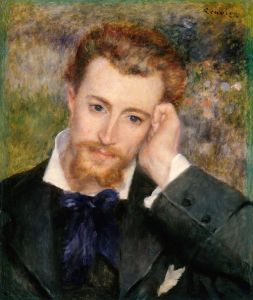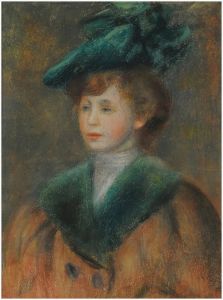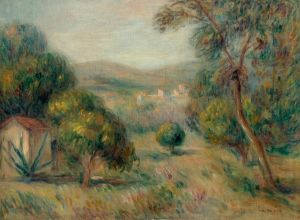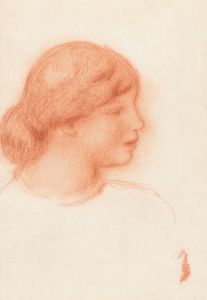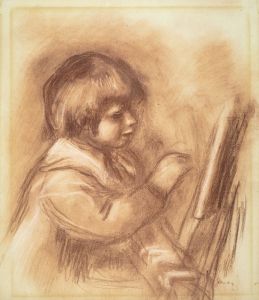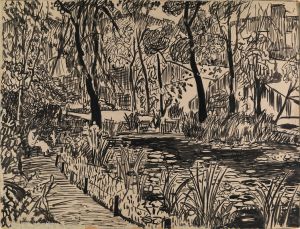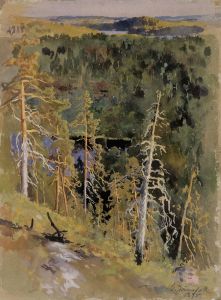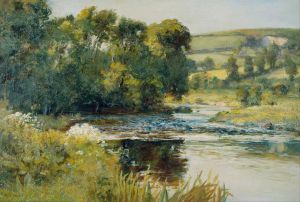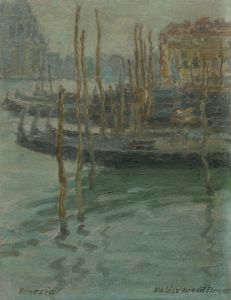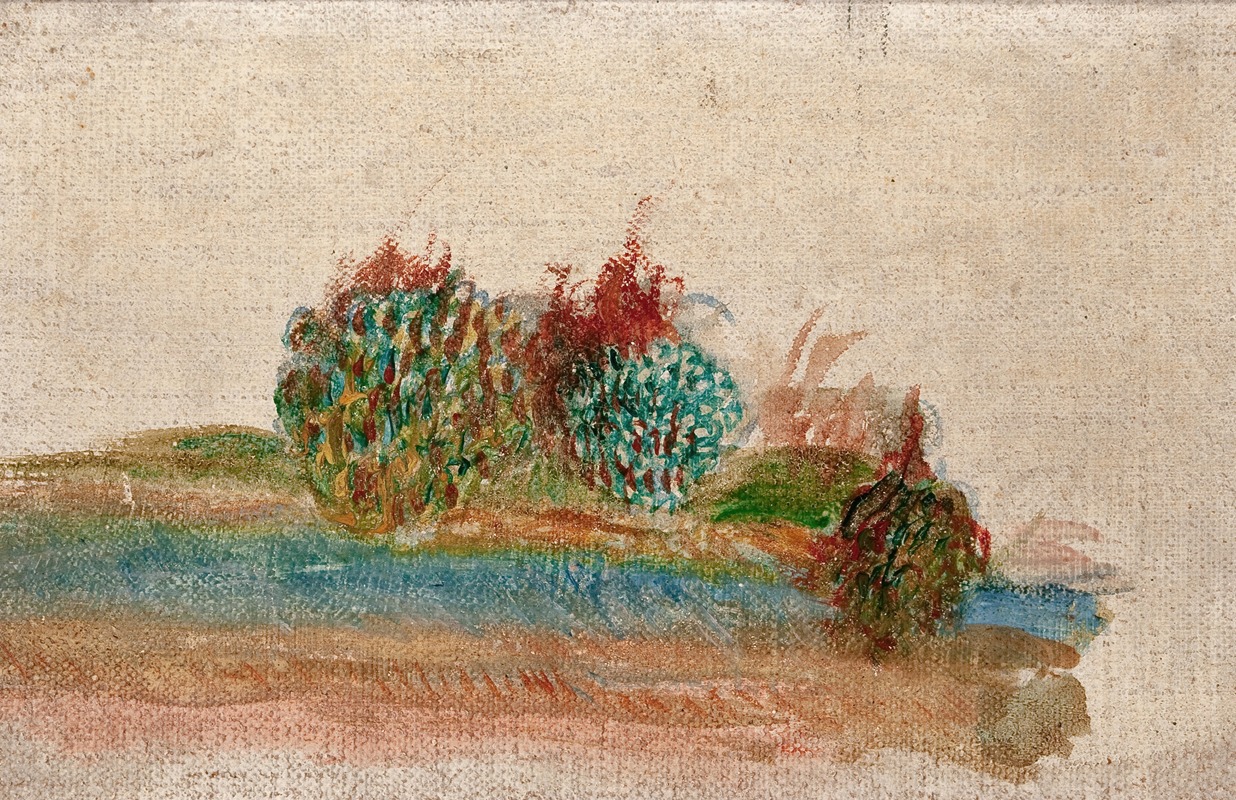
Paysage
A hand-painted replica of Pierre-Auguste Renoir’s masterpiece Paysage, meticulously crafted by professional artists to capture the true essence of the original. Each piece is created with museum-quality canvas and rare mineral pigments, carefully painted by experienced artists with delicate brushstrokes and rich, layered colors to perfectly recreate the texture of the original artwork. Unlike machine-printed reproductions, this hand-painted version brings the painting to life, infused with the artist’s emotions and skill in every stroke. Whether for personal collection or home decoration, it instantly elevates the artistic atmosphere of any space.
Pierre-Auguste Renoir, a leading figure in the Impressionist movement, is renowned for his vibrant light and saturated color, often focusing on people in intimate and candid compositions. However, his landscapes, such as "Paysage," also hold significant importance in his oeuvre, showcasing his ability to capture the essence of nature with his distinctive style.
"Paysage" is a term that refers to landscape paintings, and Renoir created numerous works under this category throughout his career. While specific details about a single painting titled "Paysage" by Renoir are not widely documented, his approach to landscape painting is well-recognized and can be discussed in a broader context.
Renoir's landscapes often reflect his Impressionist ideals, emphasizing the effects of light and atmosphere over detailed representation. He was known for painting en plein air, a method that involves painting outdoors to capture the natural light and its changing qualities. This technique allowed Renoir to convey the transient effects of sunlight and shadow, a hallmark of Impressionist art.
In his landscapes, Renoir frequently employed loose brushwork and a vibrant palette, which helped to convey the movement and liveliness of the natural world. His use of color was particularly innovative; he often juxtaposed warm and cool tones to create depth and vibrancy. This approach can be seen in many of his landscape paintings, where the interplay of colors brings a dynamic quality to the scene.
Renoir's landscapes were not just studies of nature but also explorations of mood and emotion. He had a unique ability to infuse his paintings with a sense of joy and serenity, often depicting idyllic scenes that evoke a sense of peace and contentment. This emotional resonance is a key aspect of Renoir's appeal and contributes to the enduring popularity of his work.
Throughout his career, Renoir painted landscapes in various locations, including the French countryside, the Mediterranean coast, and gardens. Each setting offered him new opportunities to explore the effects of light and color, and his landscapes often reflect the distinct characteristics of these environments.
While specific information about a painting titled "Paysage" by Renoir is limited, his body of work in this genre is extensive and celebrated. His landscapes are an integral part of his artistic legacy, demonstrating his mastery of color, light, and composition. Renoir's ability to capture the beauty and vitality of the natural world continues to resonate with audiences, making his landscapes a cherished part of art history.
In summary, Pierre-Auguste Renoir's landscape paintings, often referred to as "Paysage," exemplify his Impressionist style and his skill in capturing the ephemeral qualities of light and atmosphere. His works in this genre remain influential and admired for their vibrant color, emotional depth, and the joyful depiction of nature.





